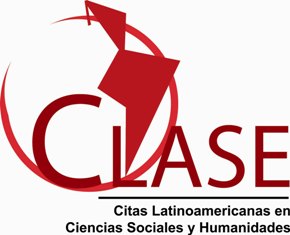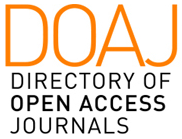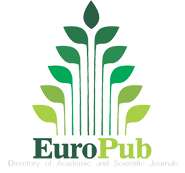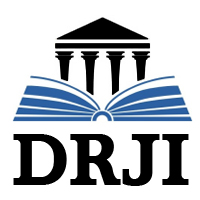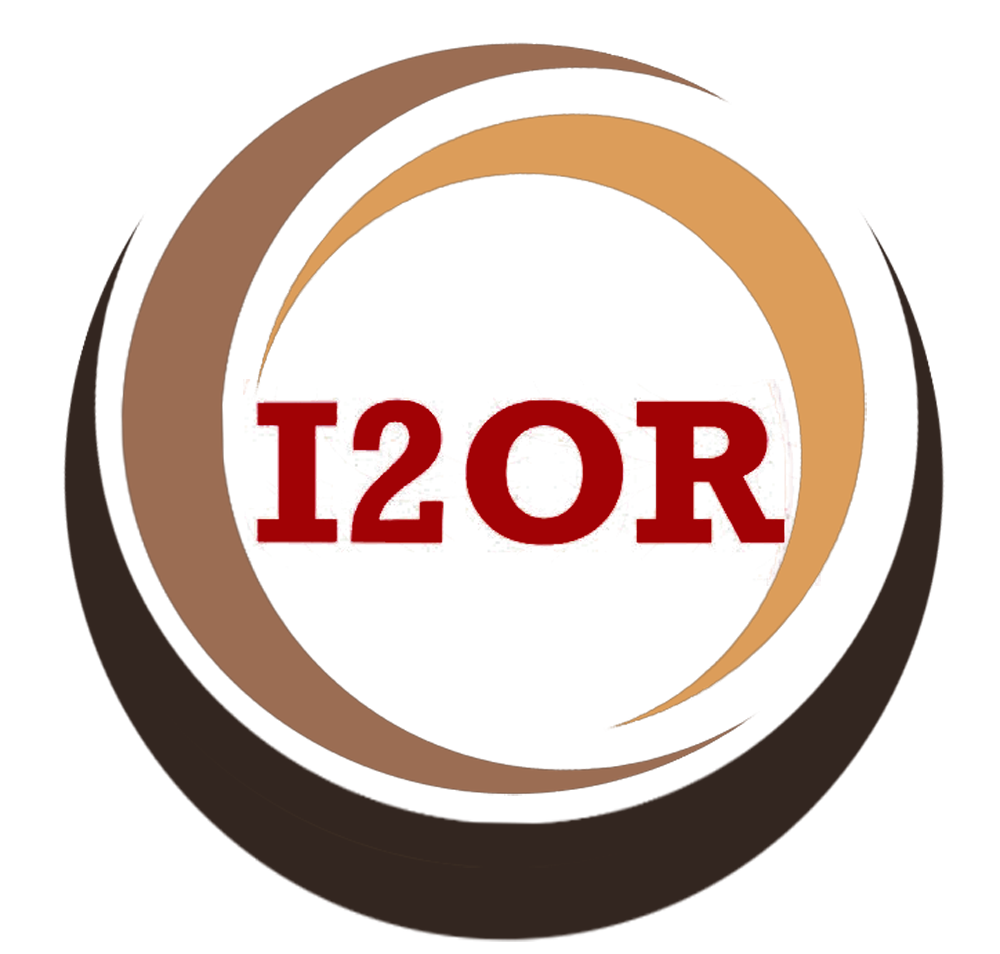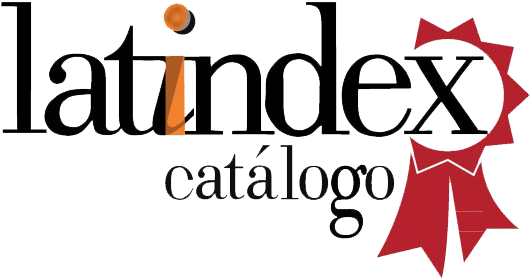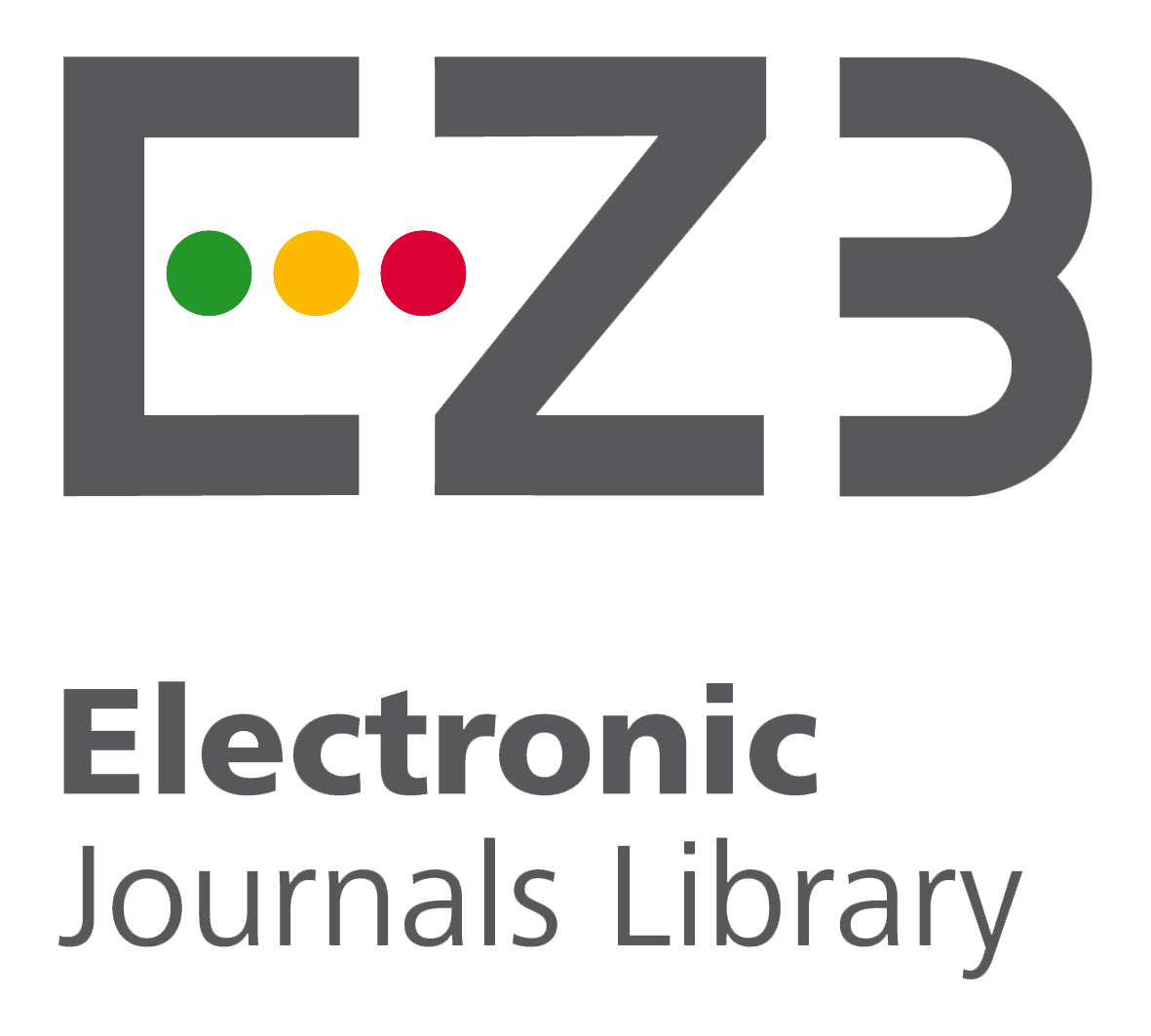The contextualized learning of the Botany I in the Higher Education (Original)
Keywords:
learning; contextualized learning; botany; higher educationAbstract
At the present time, one of the main problems of the educational systems, is to achieve a learning linked with the life, with the social practice and especially with the social and productive environment of the territory where the school is, what constitutes today, one of the challenges of the universities. In this sense, the investigation has as objective to contribute to the contextualized learning through new conceptions of activities in the teaching-learning process of the Botany I. They were applied some methods that consisted on the revision of diverse sources of information, the analysis-synthesis, inductive-deductive, the observation, inquiries, interviews and the documental study. Different curricular and extracurricular activities are applied in orden to make a more efficient use of the contextualized learning, reaching to the conclusion of continuing the searching of new conceptions in the teaching-learning process of the Botany.
Downloads
References
Castellanos, D., Castellano, B., Llivina, M. J., Silverio, M., Reinoso, C., & García, C. (2002). Aprender y enseñar en la escuela: Una concepción desarrolladora. La Habana: Pueblo y Educación.
Encarta®. (2021). Biblioteca de Consulta Microsoft® Encarta® 2005 (Encarta Premium 2009) [Microsoft]. Microsoft Corporation. Recuperado de https://www.ecured.cu/Contexto
Giroux, H. A. (2004). Pedagogía y política de la esperanza: Teoría, cultura a y enseñanza: una antología crítica. (P. Horacio, Trad.; 1ra ed., Vol. 1). Amorrortu. Recuperado de http://josemramon.com.ar/wp-content/uploads/educacion-Giroux-H-Pedagogia-y-politica-de-la-esperanza.pdf
Gómez, A. (2006). Introducción a la didáctica de las ciencias. Mailxmail. Recuperado de http://www.mailxmail.com/curso-introduccion-didactica-ciencias/principiocontextualizacion
Gómez, F. (2010). Sistema de medios de enseñanza para potenciar el aprendizaje de la disciplina Botánica, en la carrera Biología Geografía de la Educación superior pedagógica. [Tesis de maestría]. Universidad de Guantánamo.
Gómez, F. C., Chibás, M., & Coquet, L. (2020). Programa analítico de la asignatura Botánica I. Universidad de Guantánamo.
Martí, J. (1891). “Educación Popular”. En J, Martí, Obras Completas (p. 375). Editorial de Ciencias Sociales.
Moreno, J. (2007). El herbario como recurso para el aprendizaje de la Botánica. Acta Botánica Venezuelica, 30(2), 415-427.
Rico, P. (2002). Algunas características de la actividad del aprendizaje y del desarrollo de los alumnos. En G. García Batista, Compendio de Pedagogía. La Habana: Pueblo y Educación.
Rifa, J., y Méndez, I. (2015). Un enfoque de competencia en la formación continua para la identificación y clasificación de organismos vegetales. Transformación, 11(3), 9-20. Recuperado de https://transformacion.reduc.edu.cu/index.php/transformacion/article/view/89/87
Sánchez, M. A. (2015). El contexto formal de enseñanza y el aprendizaje del castellano como segunda lengua: Un estudio de caso. SIGNOS ELE, 1-23. Recuperado de http://p3.usal.edu.ar/index.php/ele/article/view/3042
Silvestre, M. (2002). Hacia una Didáctica Desarrolladora. La Habana: Pueblo y Educación.
Silvestre, M., & Zilberstein, J. (2000). Enseñanza-Aprendizaje desarrollador. Ediciones CEIDE.
Zilberstein, J. (2002). Reflexiones acerca de la necesidad de establecer principios. La Habana: Pueblo y Educación.















